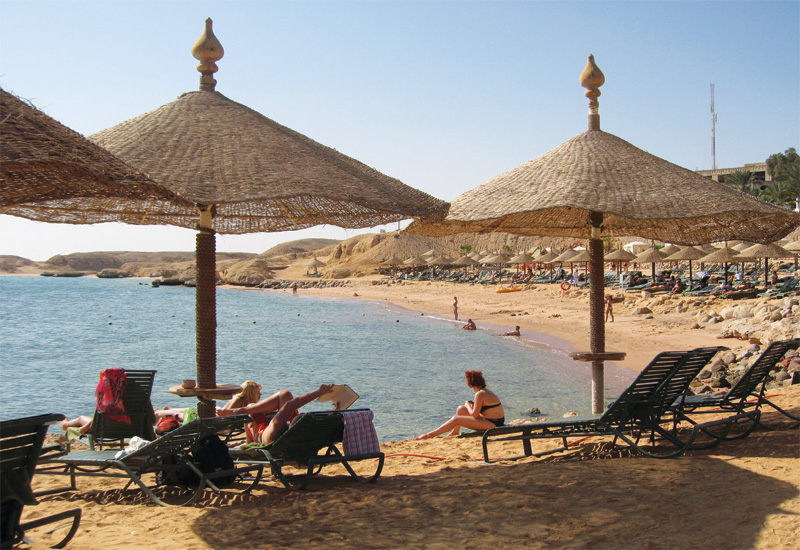The senior assistant to Egypt’s Minister of Tourism, Hisham Zaazou, tells Monika Grzesik about a pioneering new project to reverse the degradation of natural resources in Egypt.
Tourism is something of a double-edged sword when it comes to the natural environment. The more incredible or awe-inspiring the destination, the greater amount of tourists will flock to discover it, and as a consequence, the more the natural environment comes under threat from volumes of people.
Nowhere does this seem truer than in Egypt, where the rapid explosion of the tourism sector over the past 20 years has come at a massive cost.

| Advertisement |
Today, visitors are destroying what they’ve come to see and both man-made and natural attractions — from the once pristine marine habitats of the Red Sea, to many of the country’s ancient monuments — are sadly decaying and dangerously in peril.
At the World Green Tourism event in Abu Dhabi last November, Hisham Zaazou, senior assistant to Egypt’s Minister of Tourism, spoke passionately about the need to “save the resources that we have in Egypt for many generations to come”.
“If we don’t do anything,” he states, “one day we may lose even the great pyramids because the congestion is ‘humongous’. It will be a crime if we sabotage them.”
In a bid to stem this tide of destruction and to re-brand Egypt as a green tourism destination of the future, the Tourism Ministry has launched a pioneering new project — the ‘Green Sharm Initiative’ — which will transform the Red Sea hot spot of Sharm el Sheikh into a model of eco-tourism for others to follow.
Zaazou explains that the ‘Green Sharm Initiative’ has evolved out of the need to balance conservation needs with tourism promotion.
“Egypt had an accelerated number of visitors coming into the destination every year, and while that had a positive effect on the economy it had a negative effect on our resources. We can’t stop people from coming as we need them to spend money in the country,” says Zaazou.
“But at the same time, how can we balance between protecting our environment and sustaining the growth of tourism to Egypt? This project is about how to balance between the ever-increasing numbers of people that want to visit and taking care of what you have. That’s our challenge.”
Egypt wants to be the first country in the Middle East and North Africa to “transform a leading touristic city into a world class green destination”.
The scheme lays out ambitious targets in waste reduction, emissions reduction, water-use reduction and protection of the area’s biodiversity to be reached by 2020 — including a 36% reduction in carbon emissions.
According to Zaazou, the Ministry is investing US$ 276 million (1.6 billion EGP) in the initiative — 52% of which will come from the government and international donations and the rest from private initiatives.
“We have already spoken with the banking sector in Egypt and both the international and local banks are willing to finance the transformation for hotels and for the transportation companies,” says Zaazou.
And Sharm el Sheikh is just the beginning. Eventually the project will be rolled out across all major tourist areas in Egypt — with Luxor, Hurghada, Alexandria, the Mediterranean coast including Aswan and the Western desert already in line for a green-over.
“What we are embarking on is a massive project in Egypt in terms of going green,” says Zaazou.
“We have picked Sharm el Sheikh as a model destination and once this is successful we will replicate it in other touristic cities. These five areas are already geared up to join the initiative, and we won’t wait 10 years before we replicate this project in these areas.
“They will be making the transformation in parallel and then we can claim that Egypt as a tourist destination is green.”









 Search our database of more than 2,700 industry companies
Search our database of more than 2,700 industry companies









